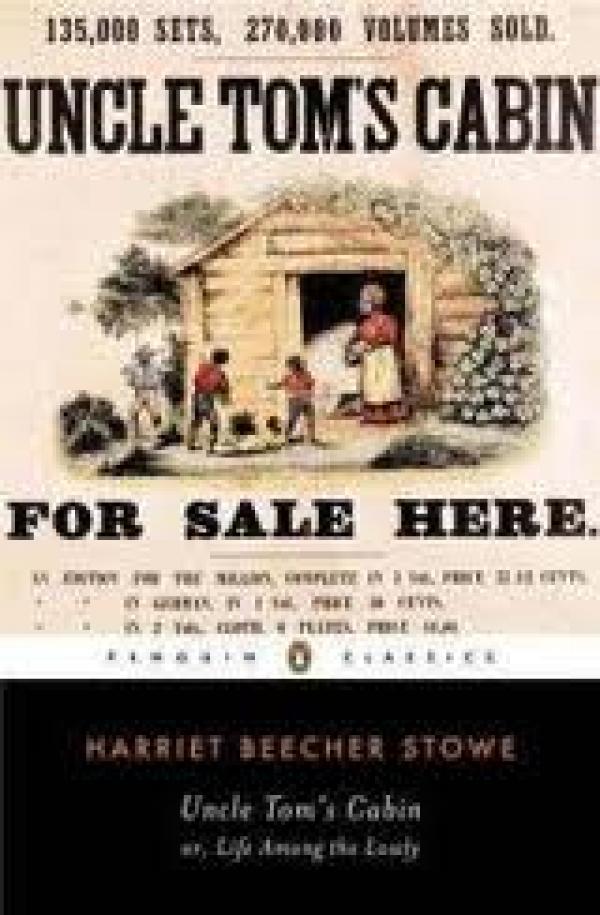“When Harriet Beecher-Stowe published Uncle Tom's Cabin in 1852 it sold more copies than any book before, other than the Bible. It became a significant catalyst in the social movements of the time: abolition of slavery, and States' rights. It could be argued that her book was a major cause of the Civil War and Emancipation Proclamation. That's one powerful book--especially for fiction
A notoriou”







